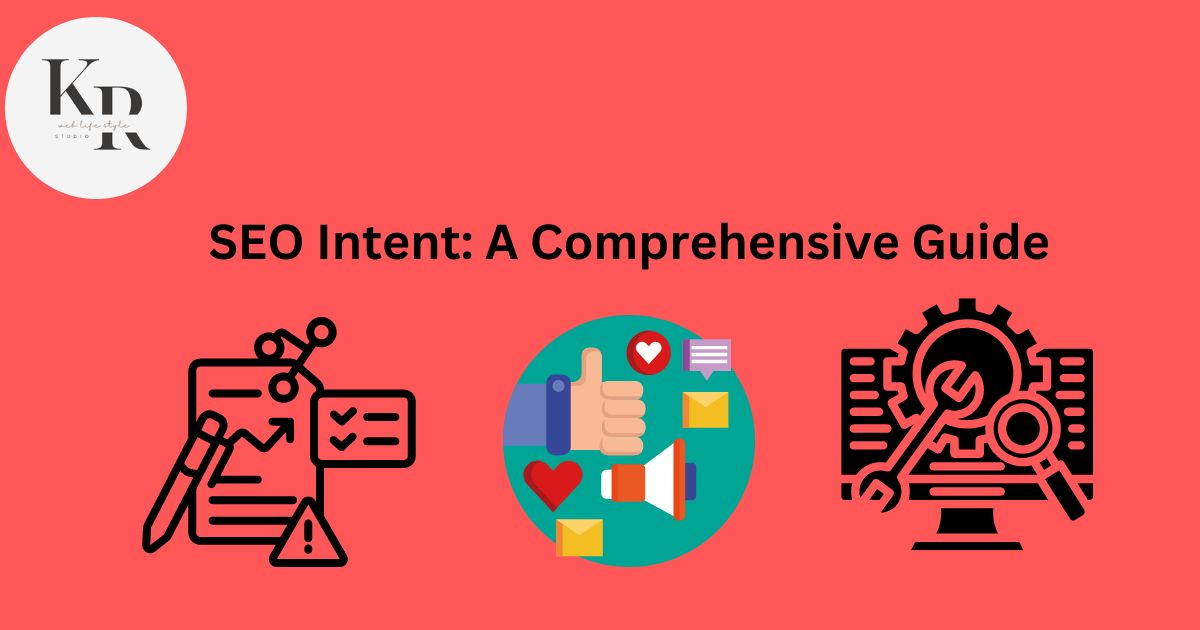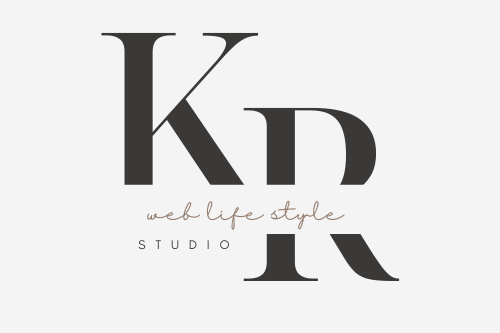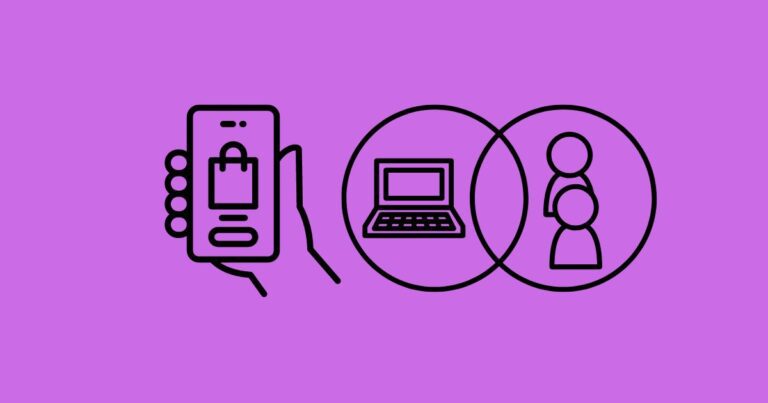Understanding SEO Intent: A Comprehensive Guide
Search engine optimization (SEO) has developed significantly over the years. Gone are the days when simply stuffing keywords into your website’s content would guarantee a spot on the first page of search engine results. Today, SEO is a complex and multifaceted field that requires a deep understanding of user behavior and intent. In this comprehensive guide, we will delve into the concept of SEO intent, exploring its various types, strategies, and practical applications in digital marketing.
The Significance of SEO Intent
SEO intent, often referred to as search intent or user intent, is a critical factor in modern SEO. It refers to the specific purpose or goal that a user has in mind when performing a search on a search engine. Understanding and catering to user intent is essential for several reasons:
- Relevance: When your website’s content aligns with the intent of users, it becomes more relevant to their needs. This not only improves user satisfaction but also increases the likelihood of conversion.
- User Experience: Meeting user intent enhances the overall user experience. Visitors are more likely to stay on your site, engage with your content, and return in the future if they find what they are looking for.
- Search Engine Rankings: Search engines like Google aim to provide the best possible results for users. By delivering content that matches user intent, you increase the chances of ranking higher in search engine results pages (SERPs).
- Conversion Rates: Users with different intents are at various stages of the buyer’s journey. By understanding their intent, you can tailor your content and calls to action to guide them towards conversion.

Types of SEO Intent
SEO intent can be broadly categorized into several primary types, each requiring a different approach to optimize for and meet the user’s needs. Let’s explore these intent types in detail:
-
Informational Intent
Intent: Users with informational intent are seeking information, answers, or solutions to a question or problem.
Strategy: To target informational intent, create high-quality, informative content that addresses common questions and provides valuable information. Blog posts, how-to guides, tutorials, and FAQs are examples of content formats that cater to informational intent.
-
Navigational Intent
Intent: Navigational intent occurs when users are searching for a specific website, brand, or online destination.
Strategy: SEO efforts for navigational intent should ensure that your website is easily findable when users search for your brand or website name. This includes optimizing your website’s meta tags and ensuring your Google My Business listing is up-to-date.
-
Commercial (Transactional) Intent
Intent: Users with commercial intent are in the buying or transactional stage of their journey and looking for products or services to purchase.
Strategy: To target commercial intent, optimize product pages, use clear calls to action, and provide pricing and purchase information. Implementing e-commerce SEO strategies is crucial for businesses with commercial intent.
-
Local Intent
Intent: Local intent signifies that users are looking for products, services, or information within a specific geographic area.
Strategy: Local SEO strategies are essential for businesses with a physical presence or those serving specific local markets. This includes optimizing Google My Business listings and encouraging people’s reviews.
-
Transactional Intent (Specific Brand or Product)
Intent: Some users have a transactional intent but are specifically looking for a particular brand or product.
Strategy: SEO strategies for this intent include ensuring that your brand or product pages are well-optimized for relevant keywords and that they provide a smooth path to purchase.
-
Comparison Intent
Intent: When users are comparing products, services, or options, they have comparison intent.
Strategy: SEO can play a role by providing detailed product/service comparisons, reviews, and feature comparisons. Creating content that highlights the advantages of your offerings compared to competitors can be beneficial.
-
Educational Intent
Intent: Educational intent is similar to informational intent but often involves more in-depth learning, such as educational courses, workshops, or comprehensive guides.
Strategy: SEO strategies for educational intent may include offering educational resources, webinars, or downloadable guides that provide in-depth knowledge.
-
Brand Discovery Intent
Intent: Some users may be exploring and discovering brands or products without a specific purchase in mind.
Strategy: SEO can assist by creating brand awareness through content marketing, social media, and influencer collaborations.
Understanding the different types of SEO intent is the first step towards developing a successful SEO strategy that aligns with the needs and expectations of your target audience. Let’s now explore practical applications and strategies for optimizing your website for each type of intent.
Practical Applications of SEO Intent
-
Informational Intent
Practical Application: When targeting users with informational intent, focus on creating comprehensive, well-researched content that answers their questions and provides valuable insights. Consider the following strategies:
- Conduct thorough keyword research to identify informational keywords relevant to your industry or niche.
- Develop informative blog posts, articles, and guides that address common queries.
- Use clear and concise headings (header tags) to structure your content and make it more scannable.
- Include visuals, such as images, infographics, and videos, to enhance the content’s value.
- Optimize meta titles and descriptions to provide a preview of the content’s relevance to the user’s query.
Example: If you run a fitness website and identify the keyword “how to lose belly fat,” you can create a detailed guide that outlines effective exercises, dietary tips, and lifestyle changes for losing belly fat.
-
Navigational Intent
Practical Application: For users with navigational intent, your primary goal is to make it easy for them to find your website or specific pages. Key strategies include:
- Ensure that your website’s branding and logo are prominently displayed.
- Use clear and intuitive navigation menus that guide users to relevant sections.
- Create a dedicated “Contact Us” or “Home” page to assist users in reaching essential destinations.
- Optimize your meta titles and descriptions to reflect your brand name and website’s purpose.
Example: If you operate an e-commerce store called “FashionFiesta,” ensure that when users search for “FashionFiesta,” they can easily access your website’s homepage.
-
Commercial (Transactional) Intent
Practical Application: Users with commercial intent are ready to make a purchase. To capitalize on this intent, consider the following strategies:
- Optimize product pages with detailed descriptions, high-quality images, and customer reviews.
- Implement e-commerce SEO best practices, including schema markup for products.
- Use clear and persuasive calls-to-action (CTAs) that encourage users to buy.
- Highlight pricing information, discounts, and offers prominently on product pages.
Example: If you sell smartphones, ensure that your product pages provide comprehensive information about each phone model, including specifications, pricing, and the option to add the product to the cart.
-
Local Intent
Practical Application: Local SEO is crucial for businesses with a physical presence. To target users with local intent, follow these strategies:
- Claim and optimize your Google My Business listing, including accurate NAP (Name, Address, Phone number) information.
- Encourage customer reviews on platforms like Google, Yelp, and Facebook.
- Create location-specific landing pages if your business serves multiple areas of local business.
- Optimize your website for “near me” searches by including location-based keywords.
Example: If you run a restaurant in New York City, ensure that your Google My Business listing provides your restaurant’s address, contact information, menu, and customer reviews.
-
Transactional Intent (Specific Brand or Product)
Practical Application: Users with transactional intent often have a specific brand or product in mind. To capture these users, consider the following strategies:
- Optimize product pages with detailed descriptions, specifications, and pricing information.
- Include trust signals such as security badges, positive customer reviews, and return policies.
- Streamline the checkout process to minimize friction and make it easy for users to complete their purchases.
Example: If your online store sells Apple iPhones, ensure that your product pages provide all the necessary details, including model options, prices, and the option to add to the cart.
-
Comparison Intent
Practical Application: Users with comparison intent are looking for detailed information to help them make informed decisions. Strategies include:
- Create comparison articles or pages that compare your products or services to competitors.
- Provide unbiased and comprehensive information, highlighting the strengths of your offerings.
- Include visuals, such as comparison charts and graphs, to make the information visually engaging.
Example: If you offer web hosting services, create a comparison page that contrasts the features, pricing, and performance of your hosting plans with those of competitors.
-
Educational Intent
Practical Application: Users seeking educational content are often looking for in-depth knowledge. Strategies include:
- Develop comprehensive guides, tutorials, or e-books that cover complex topics in your industry.
- Offer webinars or online courses to educate your audience.
- Use content marketing to promote your educational resources to a wider audience.
Example: If you’re in the digital marketing space, consider creating an in-depth guide on “Advanced SEO Strategies” that covers advanced techniques and best practices.
-
Brand Discovery Intent
Practical Application: For users in the brand discovery stage, your goal is to create brand awareness and engage them. Strategies include:
- Share engaging and informative content on social media platforms.
- Collaborate with influencers in your industry to introduce your brand to their audiences.
- Create brand-focused content, such as “About Us” pages, that tell your brand’s story and values.
Example: If you’re a startup in the fashion industry, collaborate with fashion influencers to showcase your products and brand to their followers.
Conclusion
SEO intent is a fundamental concept in modern search engine optimization. It requires a deep understanding of user behavior and the ability to tailor your content and strategies to meet the specific needs of your target audience. By categorizing and optimizing for different types of intent, you can enhance the relevance of your website’s content, improve user experience, and increase your chances of ranking higher in search engine results.
To succeed in SEO, it’s essential to conduct thorough keyword research, monitor user behavior, and regularly refine your strategies to align with changing search trends and user preferences. By staying proactive and adaptable, you can harness the power of SEO intent to drive organic traffic, engage users, and achieve your online goals.
To read more about social media trends Click Here
To learn more about SEO Intent Visit







Стильный газовый гриль
газовый гриль барбекю купить
Газовый гриль с доставкой
гриль наполеон газовый
Дома каркасные: идеальные решения для современных домов
каркасный дом под ключ недорого
Заказать удивительные цветы с доставкой
заказ цветов на дом москва
Оперативно и качественно – похоронные услуги
ритуальные услуги в москве
Автокредит – выгодные предложения
автомобили кредит
Найдите наилучшие цены на ландшафтный дизайн
ландшафтный дизайн под ключ цена
Скачайте руководство по работе с двигателем Cummins
двигатель cummins 2.8 купить
Вычеты по НДФЛ: когда, какие и как получить
подоходный налог
УСН Доходы: особенности расчета и уплаты налога
упрощенная система
Удивительные туры по странам
поездка на байкал
Как мы можем помочь Вам по бурению и ремонту скважин
ремонт скважин на воду московская область цена
Наслаждайтесь жизнью в Сочи с морской прогулкой!
сочи прогулки на яхте
Обучение по НДС: как составлять правильные отчеты
сумма без ндс
Производственный календарь 2023 для эффективного планирования
календарь производственный
Дебетовая карта: что это и как ее пользоваться?
дебетовая карта
Законодательная основа кредитных карт
получить кредитку
Клинкерная плитка: цены и характеристики
клинкерная плитка напольная
Потрясающие квартиры в Лимассоле – только у нас!
квартира в лимассоле снять
Открываем ООО – подготовка и регистрация юридического лица
открыть фирму
Какие документы необходимы для регистрации ИП в России?
открытие ип самостоятельно пошаговая инструкция
Оптимальные Теплицы от Производителя
надежные теплицы из поликарбоната
I have removed it a question
It is a pity, that now I can not express – there is no free time. But I will return – I will necessarily write that I think on this question.
In it something is. Many thanks for the help in this question.
No matter if some one searches for his required thing, thus he/she wishes to be available that in detail, thus that thing is maintained over here.
Hello! I’m at work surfing around your blog from my new iphone 3gs!
Just wanted to say I love reading your blog and look forward to
all your posts! Keep up the excellent work!
Its such as you read my thoughts! You appear to grasp so much approximately this, like you wrote the
book in it or something. I feel that you simply could do with a few p.c.
to force the message home a bit, however other than that,
this is excellent blog. A great read. I will certainly be back.
Site-ul iStore este biletul tau catre lumea inovatiei, unde stilul si tehnologia sunt combinate armonios. Ne straduim sa oferim clientilor nostri o oportunitate unica de a comanda un iPhone sau de a cumpara orice alt dispozitiv Apple, astfel incat sa se poata bucura de caracteristicile unice si de designul estetic.